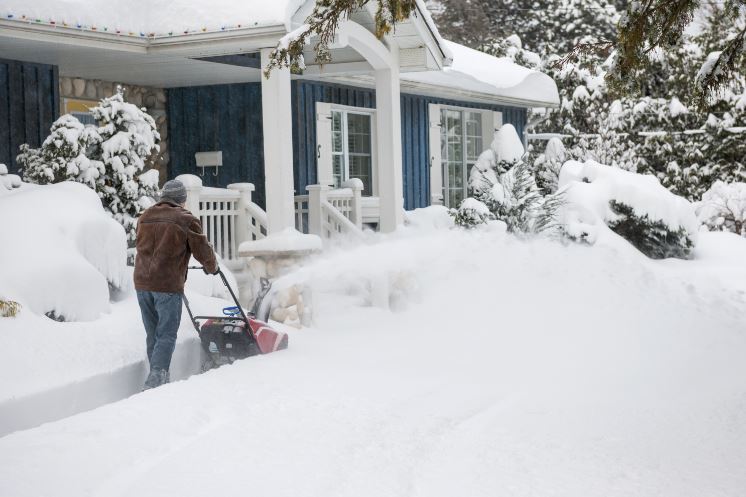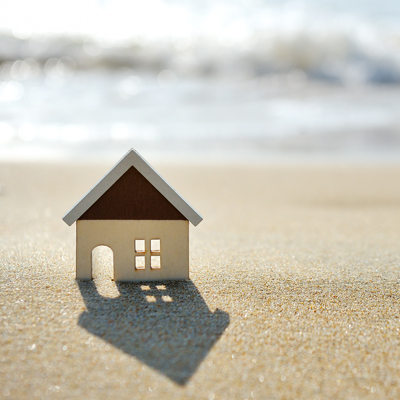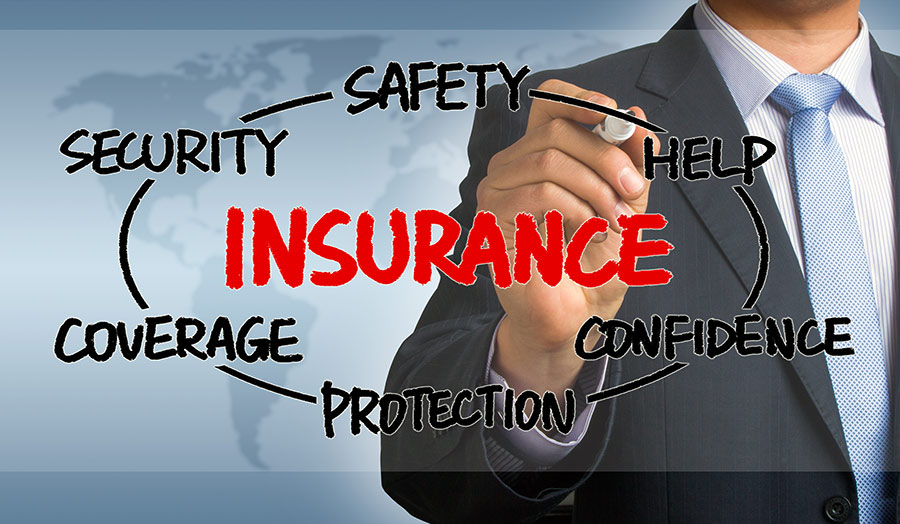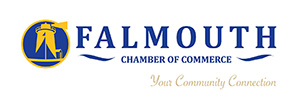New Massachusetts Requirements for driver's license, ID card, or learner's permit
On March 26, 2018, to get or renew any driver's license, ID card, or learner's permit, you need documentation showing U.S. citizenship or lawful presence as required by federal and state law.
Lawful presence
Lawful presence means that a person is legally living in the United States according to federal immigration laws. All U.S. citizens and lawfully permanent residents have permanent lawful presence in the U.S. Non-U.S. citizens who are studying, working, or living temporarily in the U.S. may have temporary lawful presence that may vary in length.
For U.S. citizens, a valid, unexpired U.S. passport is sufficient proof of lawful presence. U.S. citizens may also provide a certified copy of their U.S. birth certificate.
For permanent residents, a valid permanent resident card (green card) is sufficient proof of lawful presence.
For customers who are not U.S. citizens, you need to provide valid, verifiable immigration documents as well as proof that you have been granted a legal stay in the U.S. for at least 12 months. Your license or ID will expire when your legal stay is over.
Required documents
Review the document checklist below for the types of documents you will need when getting or renewing your driver’s license, learner's permit, or ID card.
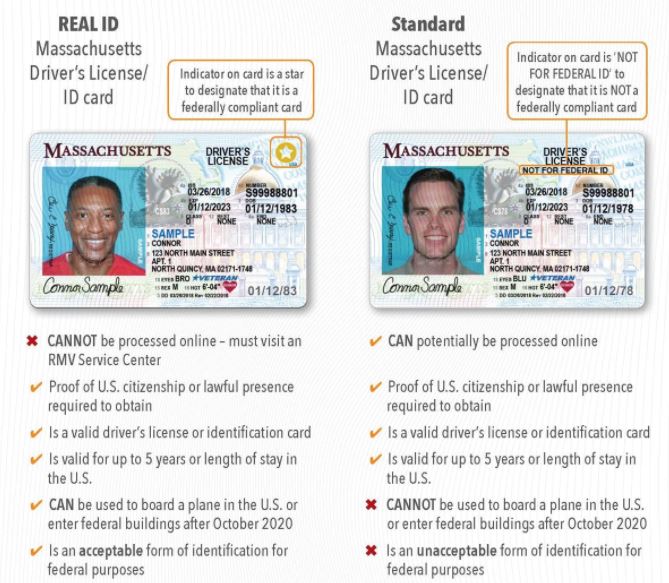
Additional Resources: https://www.mass.gov/guides/new-massachusetts-requirements
ALERT: No RMV Services
No RMV services from Thurs. 3/22 @ 7 p.m. - Mon. 3/26 @ 8 a.m., non-public safety services are unavailable and the RMV will NOT process transactions.
The RMV is transforming its business processes and replacing its technology to deliver exceptional customer service for residents and businesses across the Commonwealth.
ATLAS, the RMV’s new computer system, will provide customers with an easier, quicker, and more convenient customer experience whether they engage with the RMV in person, on the web, by mail, or by phone.
The following will be affected by this shutdown:
-
All RMV Service Centers
- Will be CLOSED on Friday, March 23
- Resumes on Monday, March 26
-
All AAA offices that offer RMV services
- Will NOT OFFER SERVICES on Friday, March 23 or Saturday, March 24
- Resumes on Monday, March 26
-
ONLINE Services
- There will be NO ONLINE TRANSACTIONS beginning at 7:00pm on Thursday, March 22
- Resumes on Monday, March 26 at 8:00 am
-
All inspections stations that conduct vehicle inspections
- There will be NO INSPECTIONS conducted on Friday, March 23, Saturday, March 24, and Sunday, March 25
- Resumes on Monday, March 26 at 8:00 am
-
All dealerships that register and inspect vehicles on behalf of the RMV
- There will be NO REGISTRATIONS processed and NO INSPECTIONS conducted at dealerships across Massachusetts on Friday, March 23, Saturday, March 24, and Sunday, March 25
- Resumes on Monday, March 26 at 8:00 am
We are working around the clock to make sure that the transition to our new operating system; ATLAS, is as smooth and seamless as possible for all RMV customers and partners and appreciate your patience as we upgrade our technology.
For more information click Mass RMV.
